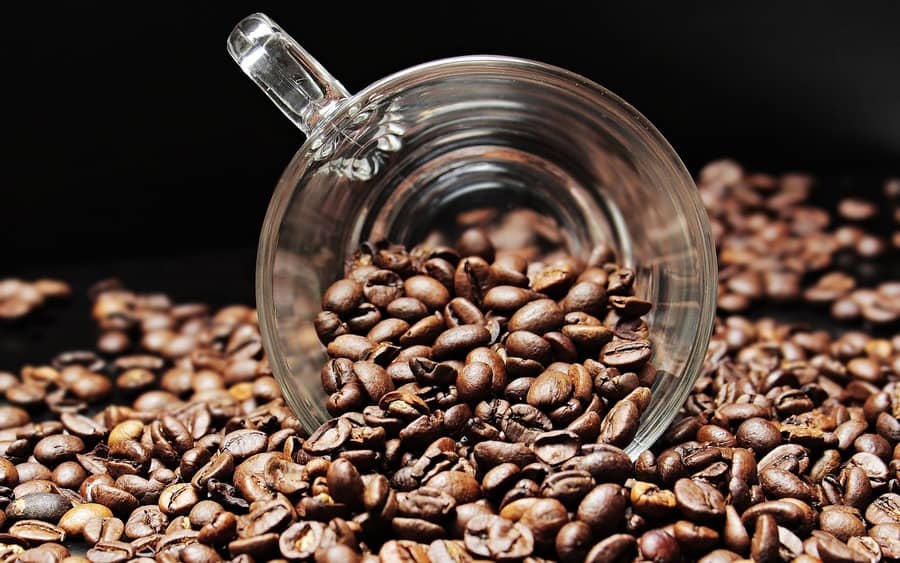The USDA’s biannual report released in June dropped the global coffee production to 164.8 mln bags, down 6.2% from the previous season’s 175.8 mln bags. It is the first projection for the 2021/22 season and was in line with the SAFRAS’ numbers based on partial data from attachés (164.2 mln bags).
Arabica production in 21/22 fell 14% and is projected at 87.73 mln bags. As a result, the share of arabica decreased from 58% in the 20/21 season to 53% in the world’s total output in 21/22. The production of robusta rose to 77.11 mln bags, accounting for 47% of the world’s total. This realignment favors the appreciation of arabica prices on ICE US in comparison with robusta on ICE Europe.
Brazil’s 21/22 crop is projected by USDA at 56.30 mln bags, down 19% from the previous season. Colombia’s production is indicated at 14.10 mln bags on 21/22. According to the National Federation of Coffee Growers of Colombia (Fedecafe), around 85% of the country’s coffee plantations are rust-resistant varieties, against only 35% until 2008/09. The average age of crops dropped from 15 to 6.9 years. The rejuvenation and more rust-resistant profile must lead the Colombian production to surpass 14 mln bags.
In Central America and Mexico, coffee production must fall around 400,000 bags, totaling 17.4 mln bags. Small gains in Guatemala, Nicaragua and Mexico are offset by losses in Honduras, which is the main producer in the region and responsible for a third of production. The passage of hurricanes Eta and Iota made rust jump, reaching 25% to 30% of plantations in some regions. This clearly had a negative effect on average productivity. The strengthening of production in Africa, and particularly in Ethiopia and Uganda, helps to reduce the participation of Central America and Mexico in world production.
In Vietnam, the world’s second main source and the largest producer of robusta, the increase in investment in irrigation during the driest period of the year, between January and March, supports the perspective of production growth after the drought-induced losses in the 20/21 season. The jump in international prices for robusta served as a stimulus to investment. Thus, production in Vietnam is projected at 30.83 mln bags on 21/22. In Indonesia, production must remain practically stable, projected at 10.63 mln bags on 21/22.
USDA projects a world deficit of only 132,000 bags on 21/22
Besides reducing the 21/22 world production to 164.84 mln bags, USDA also increased global consumption by 1.1% to 164.97 mln bags. The resumption of activities, with the advancement of immunization against the coronavirus, marks the performance of consumption. In this composition, the US Department of Agriculture projects a world deficit of 132,000 bags on 21/22, below initial expectations for a deficit of between 3.5 and 4.5 mln bags. But it is good to remember that the world market was coming from a sequence of three seasons of surplus in supply.
The decline in production must directly affect world exports. Thus, after the jump in 20/21 driven by the Brazilian performance, exports must retreat to 136.34 mln bags in 21/22, down 4.2%. With that, stocks must retreat 19.8%, falling to 32.02 mln bags. Out of this total, 14 mln must be in the European Union, 5.67 mln in the United States, and 2.4 mln bags in Japan. The sum of the three main coffee importers reaches 22.07 mln bags or 69% of the total. The stock-consumption ratio falls to 19.4%, confirming the situation of greater tightening in world supply.

